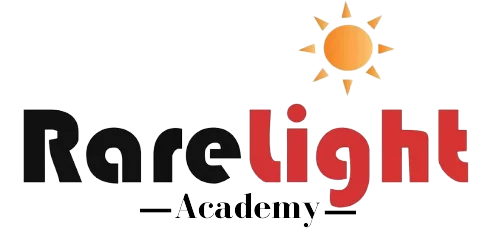Tableau
- Home |
- Tableau
Tableau
Tableau is a leading data visualization tool used for ‘data’ analysis and business intelligence. Tableau is one of the most fast-growing data visualization tools which is currently being used in the BI industry. Tableau can create a wide range of different visualization to interactively present the data. Tableau also comes with real-time data analytics capabilities and cloud support. Data analysis is very fast with Tableau and the visualizations created are in the form of dashboards and worksheets.
Tableau Course Online Payment: Rs 29,500/-(Rs 25,000 + Rs Rs 4,500 (18% GST))
FEATURES OF TABLEAU
No prior programming knowledge is required. It can connect to several data sources that other BI tools do not support. Tableau can connect to live data sources or can also extract data from external data sources; also it supports automatic extraction of data. It has got wide range of visualizations, i.e. we can build many types of charts i.e. we can build default charts and also advanced charts.? supports a centralized location to manage all published data sources within an organization. Mobile views give users more flexibility in viewing the reports. Predictive analysis is one of the good features. Tableau has got robust security for data. Third party integrations are also possible.

HTML

CSS

Java


- Components of Tableau Tableau Desktop Installation, Licensing Tableau Environment Connecting to various data sources Live Vs Extract connections Shelves and Marks card Dimensions and Measures Discrete Vs Continuous Building basic visualizations Axis – Individual, Dual, Blended axis Module
- Data Interpreter Joining vs Blending What is a Join? Types of Joins What is Data Blending? When to use Data Blending Differences between Joining vs Data Blending Module
- Tableau Generated Fields What are Tableau default generated fields? Using Measure names and measure values Using Number of records Using Latitude and Longitude fields Module
- Mapping Geographical Analysis Spatial Files Custom Geocoding Background Maps Map Services WMS Services Learn Power BI Course to Boost your career with Power BI Training in Hyderabad Module
- Organizing the data What is a Filter? Types of Filters Filters to a view Filtering on Dimensions Filtering on Measures Filtering on Dates Difference between normal filter and quick filter Difference between context filter and cascading filter Types of filter sharing What is a Parameter? Creating, usage of Parameters Limitations of Parameters Module
- Working with sets, groups and Bins What is a set? What is a combined set? What is a group? What are Aliases? Creating groups and defining Aliases What is a Bin? Working with Fixed sized bins, variable sized bins Module
- Working with Calculations Types of Calculations Syntaxes Date Calculations Logical Calculations String Calculations Number Calculations PTD calculations – YTD, QTD, MTD, YOY LOD’s – Fixed, Include, Exclude Learn ADF Course to Boost your career with ADF Training in Hyderabad Module 8: Order of Execution of Filters
- Tableau Server Types of servers Tableau server Pre-requisites Tableau server Installation Understanding various settings of server like Authentication types, Cache, users, SSL, Alerts, subscriptions,etc Tableau server Architecture User Creations – in server, through .csv files Different types of Roles for users, permissions for users. Creating Sites, Projects, groups Publishing Data sources, workbooks Publishing empty extracts Scheduling in Tableau server Publishing extract data sources with schedules Tableau server extracts as data sources Schedules for subscribing views Full refresh vs Incremental refresh Data security in Tableau TSM, Tabcmd &Tabadmin
Types of Charts
Heat Map, Tree Map, Pie chart, Geographic map, Text table, Highlight table, Gantt chart, box plot chart, Bullet chart, Scatter plots, Line charts, Histogram charts Bar Chart, Circle chart, side by side circle chart, Line – Discrete, Continuous, Area – Discrete, Continuous Line chart with Dual axis, Combinational charts, Packed bubble chart Working with page shelf and creating motion charts Advanced Charts Bump charts, Control charts, Funnel charts Pareto charts, Waterfall charts, Bar in Bar charts Sparkline chart, Do nut chart, Half do nut chart…etc Image Processing Statistics Reference Lines, Bands, Distribution Forecasting Trend Lines and Models Formatting Formatting the Visualization Working with Annotations, captions, titles Dashboards What is a dashboard? Dashboard objects Building different dashboards Dashboard Actions Best practices for creating dashboards Validation of Visualizations Using SQL, validate the visualizations Use Joins, queries, sub queries, etc. Learn MuleSoft Course to Boost your career with MuleSoft Training in Hyderabad Module

